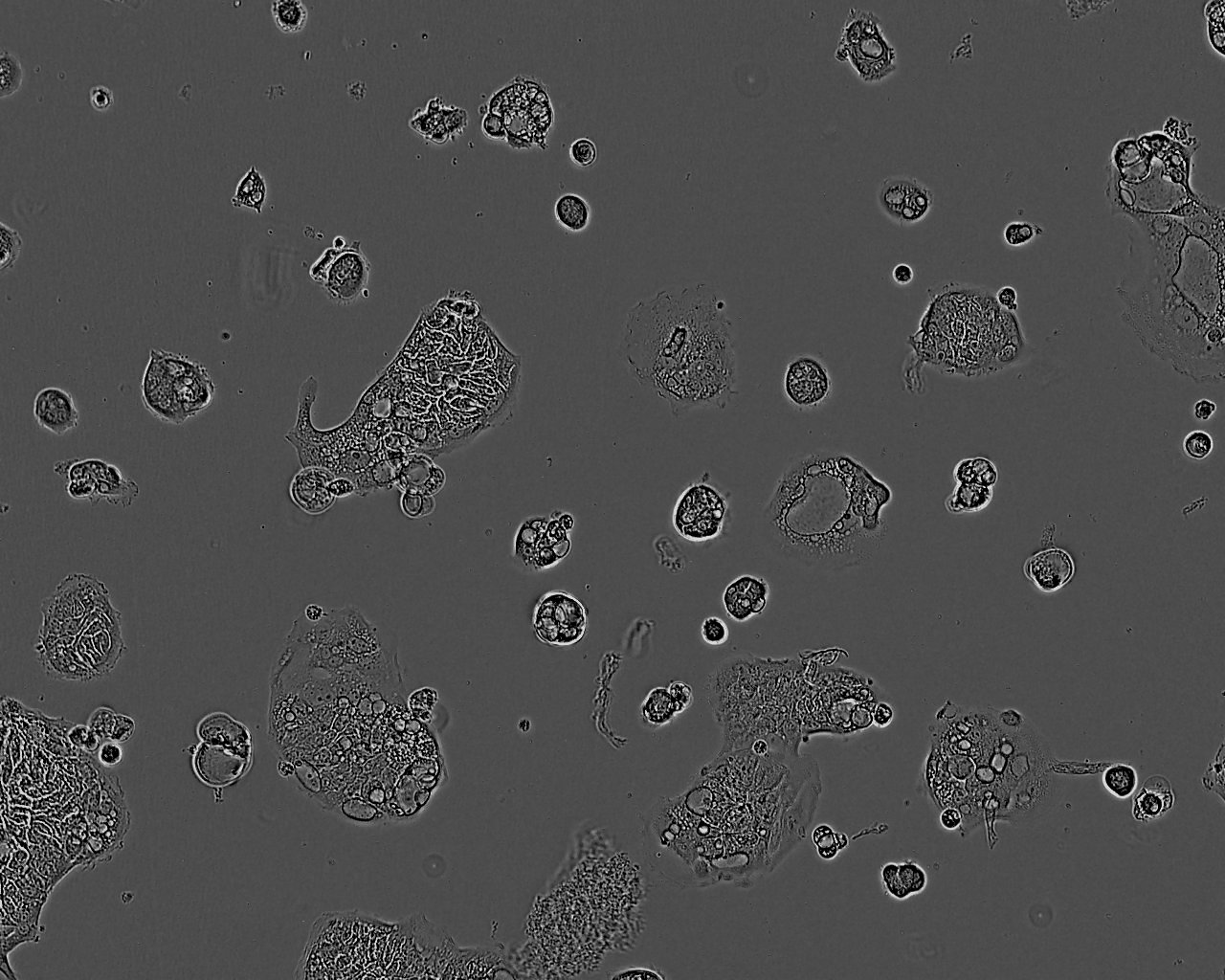Cat. #151762
C106 Colorectal Cell Line
Cat. #: 151762
Unit size: 1x10^6 cells / vial
Organism: Human
Tissue: Colon
Disease: Cancer
Model: Tumour line
£575.00
This fee is applicable only for non-profit organisations. If you are a for-profit organisation or a researcher working on commercially-sponsored academic research, you will need to contact our licensing team for a commercial use license.
Contributor
Inventor: Walter Bodmer
Institute: University of Oxford
Tool Details
*FOR RESEARCH USE ONLY (for other uses, please contact the licensing team)
- Name: C106 Colorectal Cell Line
- Cancer: Adenocarcinoma
- Cancers detailed: Adenocarcinoma
- Research fields: Cancer;Drug development
- Organism: Human
- Tissue: Colon
- Disease: Cancer
- Growth properties: Adherent
- Model: Tumour line
- Conditional: Yes
- Description: The C106 cell line was established from a 78-year old female patient with a moderately well differentiated adenocarcinoma of the rectum classified as Dukes' stage A
- Cellosaurus id: CVCL_M011
Handling
- Format: Frozen
- Growth medium: Iscove's Modified Dulbecco's Medium, + 10% Foetal Bovine Serum (FBS) + 2 mM Glutamine.
- Temperature: 37°C
- Atmosphere: 5% CO2
- Unit size: 1x10^6 cells / vial
- Shipping conditions: Dry ice
- Subculture routine: Cells grow as small dense islands and will not form a monolayer. C106 cells grow very slowly. This cell line should be subcultured approximately every 5-8 days. On resuscitation, centrifugation of the cells (100g x 5 min) to remove DMSO improves the establishment of a viable culture. Seed cells at 4-7x10,000 cells/cm² and use 0.05% trypsin or trypsin/EDTA. Detached cells will often remain in clumps which may be further disaggregated by repeated pipetting of the cells. Following resuscitation or subculture, the cells take at least 48 hours to re-attach. Cells should be left without disturbance during this time to facilitate adhesion. Recommended growth conditions 5% CO2; 37°C. Please also see detailed protocol within the Product Datasheet in the Documentation section below.
References
- Efstathiou et al. 1999. Proc Natl Acad Sci U S A. 96(5):2316-21. PMID: 10051639.




